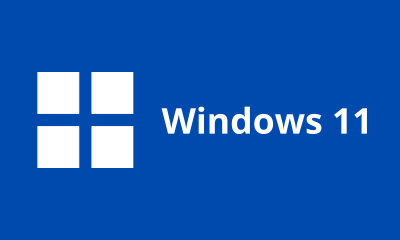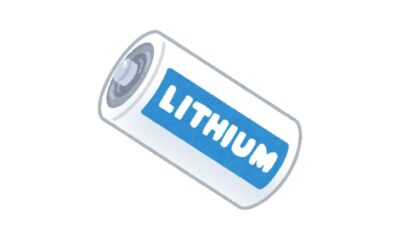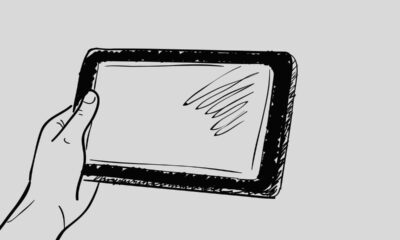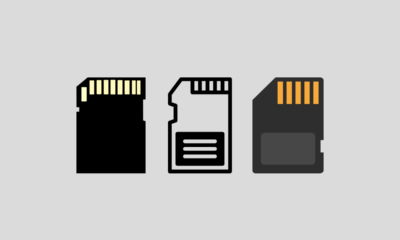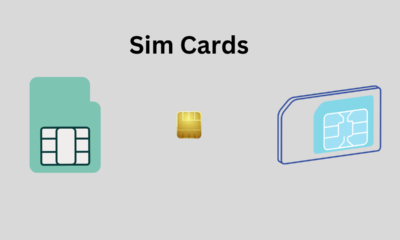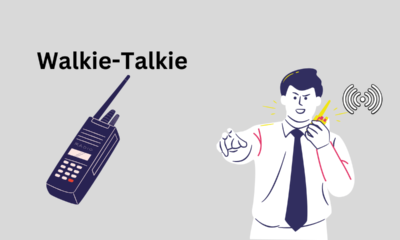Windows 11
Tips for Making the Most of New Features in Windows 11 – Part 1
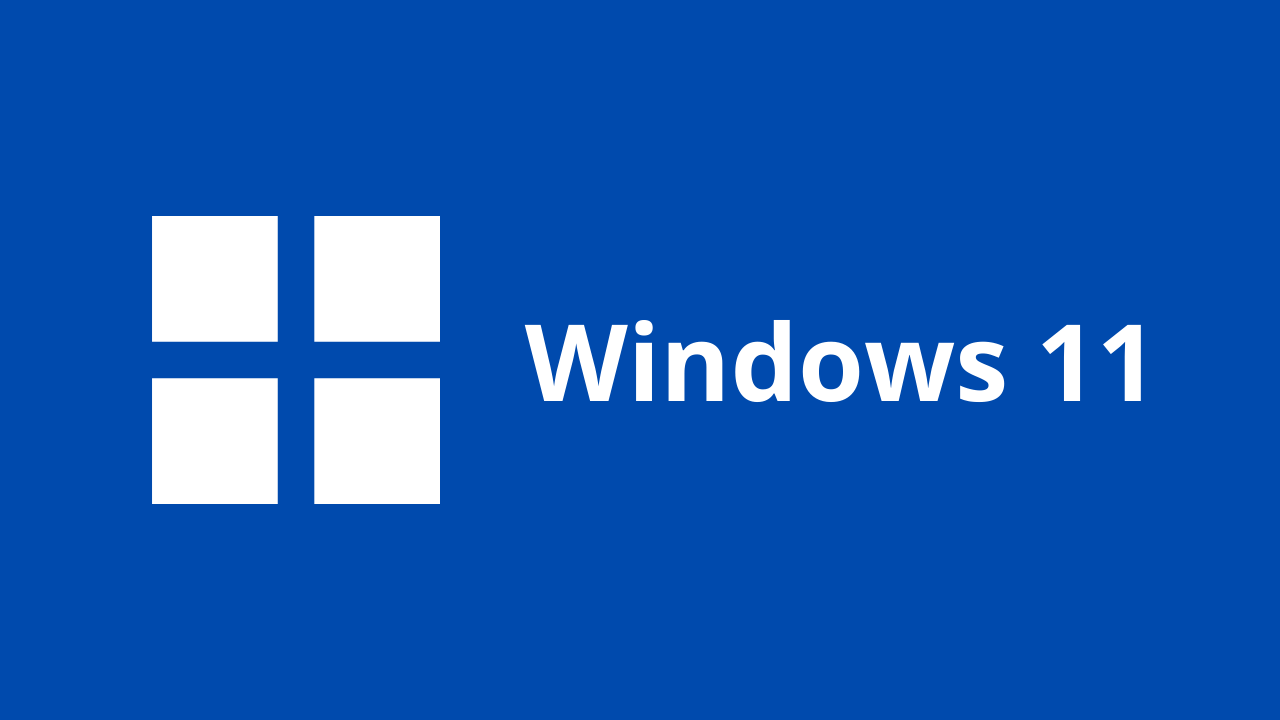
Windows 11 has come with a completely updated interface, several new security features, including some for Business and Enterprise customers, as well as several productivity functions and multitasking improvements as well. Windows 11 is available as a free download, but the minimum system requirements are quite strict compared to previous versions of Windows.
Windows 11 has been widely downloaded and installed on users’ devices, and since it is a novelty, there are some tips and tricks to become more reliable in using the operating system, thereby improving your experience and productivity.
Pin & Unpin Apps to Start Menu
There’s a new Windows 11 logo on the taskbar, and it’s a new Start Menu that includes apps pinned directly in the main menu. Launch the Start Menu. Click on ‘All Applications’ and it will show a list of applications available on the PC, right-click on the application you want to pin and click on ‘Pin to Start.
Similarly, when you want to unpin an app from the Start Menu, right-click on a specific app and click ‘Unpin from Start.
From here you can also adjust a few more settings like moving any app to the top, pinning it to the Taskbar, uninstalling apps, or checking settings.
Dictation With Punctuation
The narrator in Windows 11 has got a new feature of auto punctuation. Yes, it means that the dictation that you provide will automatically add punctuation if needed.
Open Notepad and press Win + H keys on PC. This will open the dictation feature. Click on the Settings icon and toggle the tab, “Auto punctuation”. Dictation will now automatically add punctuation when and where needed.
Sound Settings
With Windows 11, you can now adjust sound settings directly from the System Tray. Actually, Network settings, Voice Control and Battery Settings are now combined in one button. Click one of the icons in the System Tray and it will open all the settings.
To customize Voice Control, click the arrow next to the volume buttons and it will show you all the audio devices connected to the PC for output, and you can switch easily with one click.
Not only that, you can now control the Volume Mixer too directly from the desktop. Right-click on the volume icon and you can see a direct link to Volume Mixer and other Sound Settings on PC.
Snap Layouts
Microsoft has added a new feature called Snap Layouts in Windows 11. In Windows 10, when opening a window, users usually only had three options, to minimize, maximize, or close the window, but now, you can see six different snap layouts.
Show Taskbar on All Screens
With Windows 11, you can now see the Taskbar on all screens. It should be noted, now the Taskbar also has a completely new look. To see the Taskbar on all screens, do the following:
- Right-click on the desktop and go to Personalize
- Scroll down to Taskbar
- Scroll down to Taskbar Behaviors and you will see the option ‘Show my taskbar on all display’
Move Start Menu to Left
Start Menu in Windows 11 is no longer on the left as before, but its position is in the middle. But to return its position to the left, you can do:
- Right-click on the desktop and click Personalize
- Scroll down to Taskbar
- Under the Taskbar Behaviors tab, you will see Taskbar sync options
- Select Left and your Taskbar will shift to the far left of the screen
- You can bring it back to the centre whenever you want
Reset Network Settings
Microsoft has added an option on the Settings page to help you if you are having trouble with the network connectivity you are using. This error often occurs when the drivers are not up to date or some settings are not configured properly.
- Launch the Start Menu, go to Settings.
- Select Network & Internet.
- Go to Advanced Network Settings and click Reset Network.
- This will reset all Network Adapters to factory settings.
Doing this will remove and then reinstall all network adapters and will also set other network components back to their original settings.
Next up: Tips for Making the Most of New Features Built-in Windows 11 – Part 2
Windows 11
How to Install Windows 11 Without Internet Connection

Installing Windows 11 without an internet connection is a bit different from the usual process of downloading it online. However, it is still possible to install Windows 11 offline. The process can be broken down into several steps to make it simple and straightforward. Here’s how to do it:
Step 1: Prepare your PC
Before you begin, ensure your computer meets the minimum system requirements for Windows 11. You also need a USB flash drive with a minimum of 8GB of storage to create a bootable USB drive. Additionally, make sure you have the Windows 11 installation media, either as a physical DVD or an ISO file on your computer.
Step 2: Create a bootable USB drive
If you have the ISO file, you can use the Media Creation Tool to create a bootable USB drive. To do this, follow these steps:
- Download the Media Creation Tool from the Microsoft website.
- Insert the USB drive into your computer and run the Media Creation Tool.
- Select “Create installation media (USB flash drive, DVD, or ISO file) for another PC.”
- Choose the language, edition, and architecture of Windows 11, then click Next.
- Select “USB flash drive,” and then click Next.
- Choose the USB drive from the drop-down menu, and then click Next.
- Wait for the tool to create the bootable USB drive, which may take a while.
Step 3: Boot your PC from the USB drive
Once the bootable USB drive is ready, you can use it to install Windows 11 on your PC. To do this, follow these steps:
- Turn off your computer and insert the USB drive.
- Turn on your computer and press the appropriate key to enter the boot menu. The key depends on your computer’s manufacturer, but common options are Esc, F2, F8, F10, or F12.
- Select the USB drive from the boot menu, and then press Enter.
- Wait for Windows 11 to load from the USB drive, which may take a while.
Step 4: Install Windows 11
Once Windows 11 is loaded from the USB drive, you can begin the installation process. To do this, follow these steps:
- Click on the Install button to start the setup process.
- Choose the language, time, and currency format, and keyboard or input method, then click Next.
- Click on Install now to continue.
- Accept the license terms and click Next.
- Choose “Custom: Install Windows only (advanced),” and then click Next.
- Select the hard drive or partition where you want to install Windows 11, then click Next.
- Wait for the installation process to complete, which may take a while.
- Configure your settings, such as the username, password, and privacy options, then click Next.
- Wait for Windows 11 to complete the setup process and restart your computer.
Once your computer has restarted, Windows 11 should be installed and ready to use. The process of installing Windows 11 without an internet connection may be a bit different, but it is still straightforward and easy to follow. With the right preparation, you can have Windows 11 up and running on your PC in no time.
Windows 11
How To Fix Windows 11 Not Shutting Down
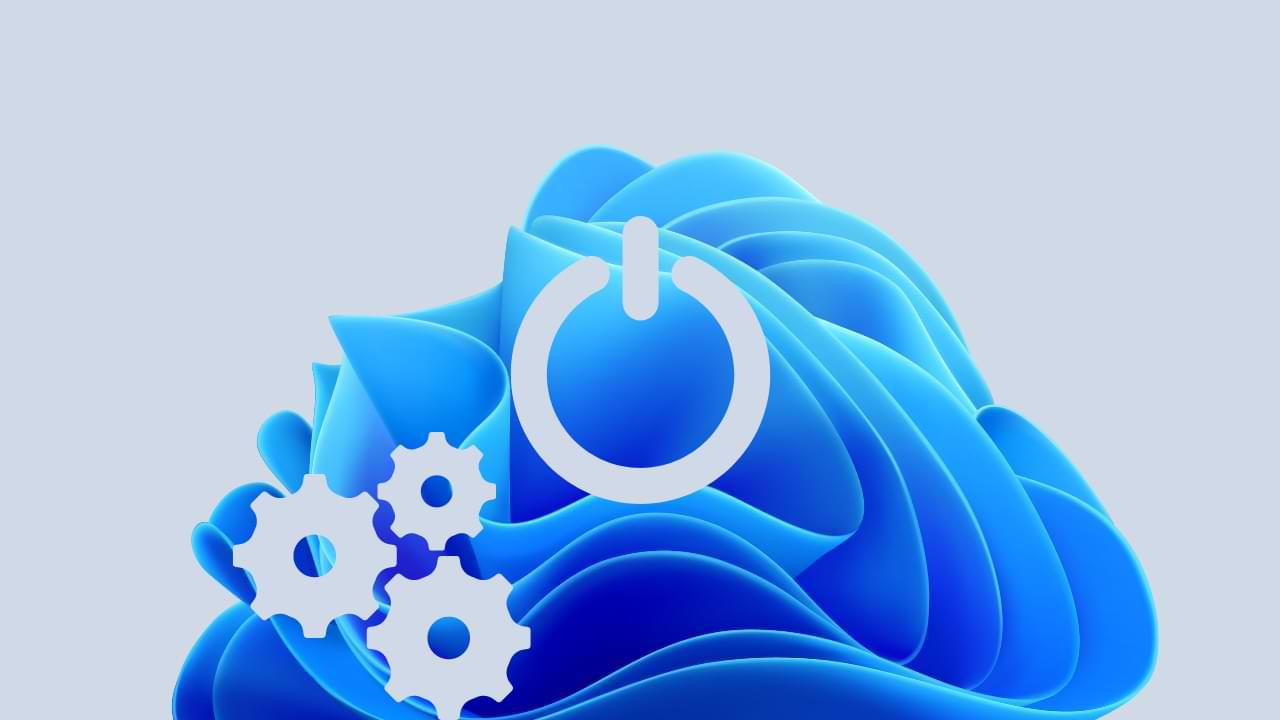
If your Windows 11 computer is not shutting down properly, there are several troubleshooting steps you can try to fix the windows not shutting down the issue:
Step 1: Check for updates
Check for updates for Windows 11 by going to the Settings app, selecting “Update & Security,” and then clicking on “Check for updates.” If updates are available, install them and try shutting down your computer again.
Step 2: End running processes
Press the Ctrl+Alt+Del keys and click on the “Task Manager” button. This will open the Task Manager, where you can see all the running processes on your computer. Look for any processes that may be causing the issue and end them by clicking on them and then select “End task.”
Step 3: Disable fast startup
Fast startup is a feature in Windows that speeds up the startup process, but it can sometimes cause issues with shutting down. To disable fast startup, go to the Control Panel and click on “Power Options.” Then, click on “Choose what the power buttons do” and uncheck the box next to “Turn on fast startup.”
Step 4: Check for hardware issues
Make sure that all hardware components of your computer are properly connected and functioning. Check the power cord and battery, and make sure that your computer is not overheating. If you suspect a hardware issue, contact a computer repair professional for assistance.
Step 5: Run a disk check
Sometimes, issues with shutting down can be caused by problems with your computer’s hard drive. To check for these issues, open the Command Prompt as an administrator and type “chkdsk /f” (without the quotes). This will run a disk check and fix any errors that it finds.
Step 6: Run a system scan
Sometimes, issues with shutting down can be caused by malware or other types of harmful software. To check for these issues, run a full system scan using an up-to-date antivirus program.
Step 7: Perform a clean boot
Performing a clean boot can help you identify if any third-party applications or services are causing the issue. To perform a clean boot, press the Windows key + R, type msconfig, and hit Enter. In the System Configuration window, navigate to the Services tab and select “Hide all Microsoft services”, then click on “Disable all”. Then, navigate to the Startup tab, and click on “Open Task Manager”. In the Task Manager, disable all startup items, restart your PC, and try shutting it down again.
Step 8: Perform a System Restore
If the above steps do not solve the issue, you can try performing a System Restore. This will restore your computer to a previous state, undoing any changes that may be causing the issue. To perform a System Restore, go to the Control Panel and click on “System.” Then, click on “System protection” and select “System Restore.” Follow the prompts to choose a restore point and restore your computer.
Conclusion
If your Windows 11 computer is not shutting down properly, there are several troubleshooting steps you can try to fix the issue. These include checking for updates, ending running processes, disabling fast startup, checking for hardware issues, running a disk check, running a system scan, performing a clean boot and performing a System Restore. If none of these steps solve the issue, it may be necessary to contact a computer repair professional for assistance.
Windows 11
How to Record Screen in Windows 11 Without Application
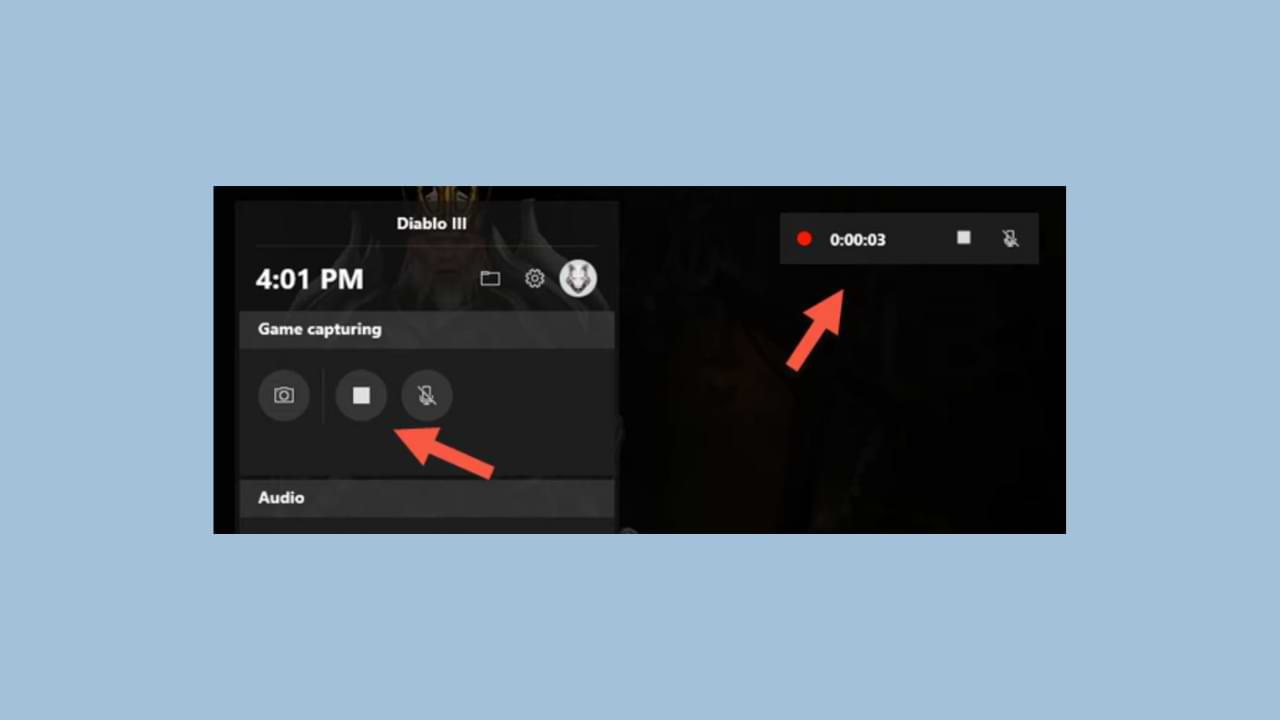
Did you know, on windows 11 you can record layer/screen recorder without having to install any application? That’s right, Windows 11 already has a built-in Screen Recording feature where you can take more efficient layer recordings, where you can share the results of this screen recording video directly to video streaming platforms such as YouTube, Twitter, and others.
Not only that, but you can also edit the screen record video first before you share it.
Here’s How to Record Screen in Windows 11 Without Applications:
- Open this Screen Recorder application by pressing the Windows key + G
- Next click the Capture option
- Click the Start Recording button or you can also press the Win + Alt + R keys to start the Screen Recorder capture process.
- To view the screen recordings stored on your Windows 11 PC/Laptop storage, you can go to the Windows Explorer > This PC > Videos > Captures directory.
How to Record Screen in Windows 11 Using Apps
If with the first method above, you feel unsatisfied and feel quite complicated. You can use third-party applications that are more simple and more effective.
One of the applications is the Windows 11 Screen Recorder application which you can download and install for free.
-
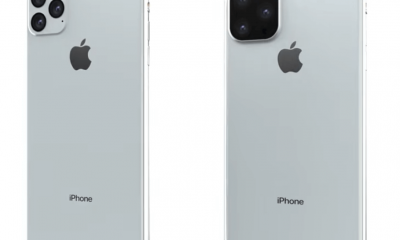
 Phones5 years ago
Phones5 years agoApple iPhone 11 (2019) – Release, Info, Leaks, Rumors
-
![Huawei's New Operating System is HarmonyOS [ Officially ],harmony os,huawei new operating system, huawei harmony OS,](https://www.thedigitnews.com/wp-content/uploads/2019/08/Screenshot__2285_-removebg-preview-2-1-400x240.png)
![Huawei's New Operating System is HarmonyOS [ Officially ],harmony os,huawei new operating system, huawei harmony OS,](https://www.thedigitnews.com/wp-content/uploads/2019/08/Screenshot__2285_-removebg-preview-2-1-80x80.png) Phones5 years ago
Phones5 years agoHuawei New Operating System is HarmonyOS [ Officially ]
-

 News5 years ago
News5 years agoBelle Delphine bath water – Instagram Model Sells Used Bathwater For 30$ To Their Loyal Followers
-

 Tech5 years ago
Tech5 years agoLevi’s Bluetooth Jacket Lets You Control Your Smartphone


